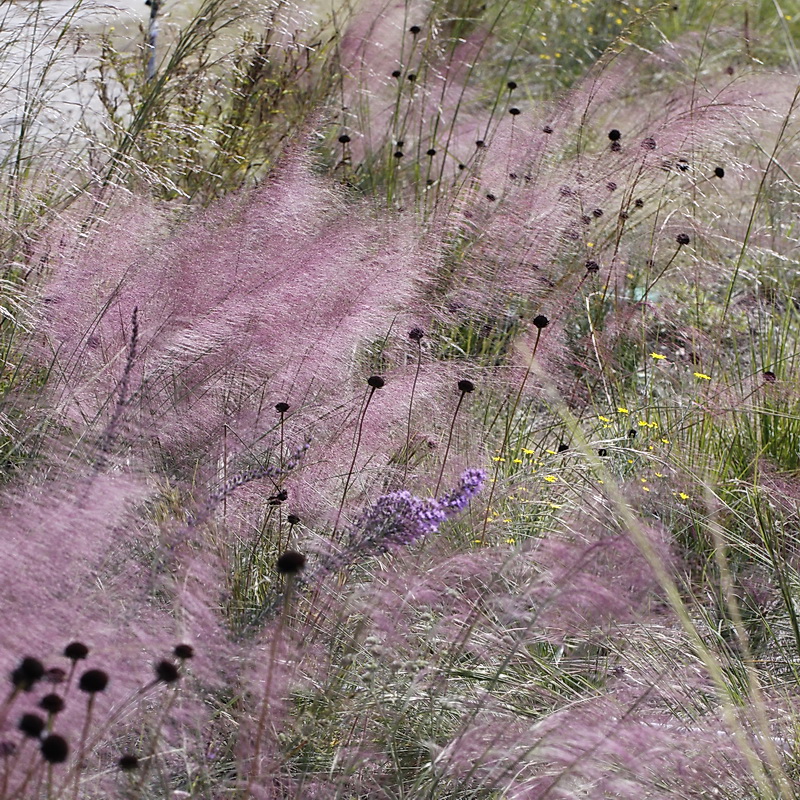Ultimate Guide to South Florida Native Plants for Coastal Landscapes
Choosing the right plants for your South Florida property is crucial, especially if you live near the coast. Native plants not only withstand the local climate better but also support the ecosystem and require less maintenance. Here’s your ultimate guide to the best native plants for coastal landscapes, how to care for them, and their benefits.
Why Choose Native Plants?
Adaptation to Local Climate: Native plants are well-suited for the South Florida environment, tolerating heat, humidity, and salt spray much better than non-native species.
Water Conservation: These plants generally need minimal irrigation once they are established, aligning with our water-saving irrigation services.
Support Local Wildlife: By choosing native species, you provide vital habitats and food sources for local wildlife, including butterflies, birds, and bees. Learn more about the benefits on the Florida Native Plant Society website.
Low Maintenance: Native plants typically require less fertilizer and fewer pesticides, reducing both cost and labor. Check our maintenance services for more details.
Top Native Plants for South Florida Coastal Landscapes
- Sea Grape (Coccoloba uvifera): Perfect for providing shade and privacy, sea grapes thrive in sandy soil, making them ideal for beachfront properties.
- Saw Palmetto (Serenoa repens): This resilient plant can serve as a robust ground cover or privacy screen and withstands hurricane-force winds.
- Muhly Grass (Muhlenbergia capillaris): Known for its stunning pink to purple inflorescences in the fall, it adds color and texture to your landscape.
- Florida Slash Pine (Pinus elliottii): Provides excellent shade and acts as a windbreak, crucial for coastal protection.
- Buttonwood (Conocarpus erectus): With its high tolerance to salt and water, it’s an excellent choice for coastal areas. For more information on each plant, visit UF/IFAS Gardening Solutions.
Maintaining Your Native Plant Landscape
To keep your native plant landscape thriving, consider these tips:
- Planting: Ensure proper spacing to allow for mature growth and airflow, reducing the risk of disease.
- Watering: Regular watering during the establishment phase helps develop strong roots.
- Mulching: Use local mulch to help retain soil moisture and prevent weeds—details in our mulching services.
- Pruning: Regular pruning maintains the desired shape and health of the plants.
Incorporating these native plants into your landscaping not only enhances the beauty of your property but also contributes to the conservation of our local flora and fauna.


